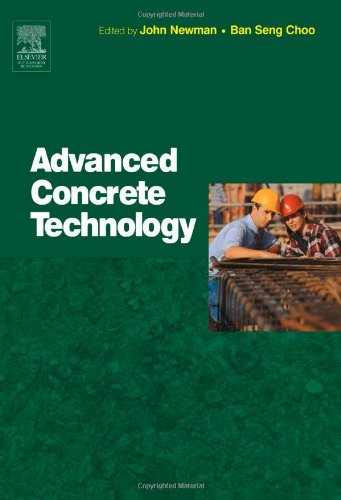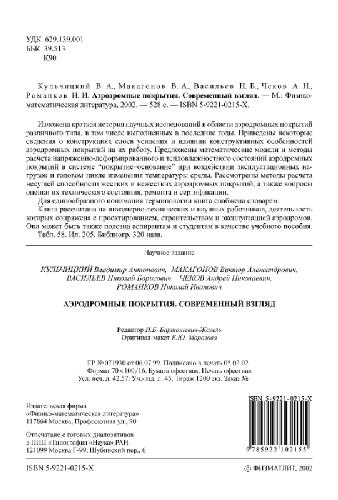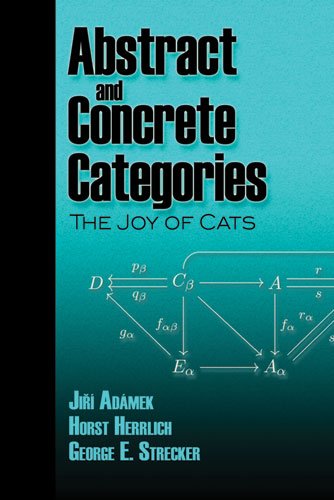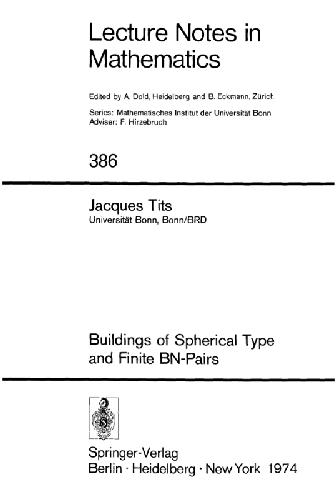John Newman, B S Choo0750651032, 9780750651035
Table of contents :
Front Cover……Page 1
Advanced Concrete Technology……Page 4
Copyright Page……Page 5
Contents……Page 6
Preface……Page 14
List of contributors……Page 16
Part 1: Cements……Page 18
1.2 History of Portland cement manufacture……Page 20
1.3 Chemistry of clinker manufacture……Page 22
1.4 Cement grinding……Page 31
1.5 Portland cement hydration……Page 32
1.6 Portland cement types……Page 39
1.7 Cement production quality control……Page 50
1.8 Influence of cement quality control parameters on properties……Page 53
1.10 Applications for different cement types……Page 59
1.11 Health and safety aspects of cement use……Page 60
References……Page 62
2.1 Introduction……Page 63
2.2 Chemistry and mineralogy of CACs……Page 65
2.3 Properties of fresh CAC concrete – setting, workability, heat evolution……Page 74
2.4 Strength development……Page 77
2.7 Durability/resistance to degradation……Page 81
2.8 Structural collapses associated with CAC concrete……Page 83
2.9 Modern uses of CAC concrete……Page 85
2.10 Use of CACs in mixed binder systems……Page 88
2.11 Summary……Page 91
References……Page 92
Part 2: Cementitious additions……Page 94
3.2 Fly ash as a cementitious addition to concrete……Page 96
3.3 Fly ash in special concretes……Page 110
3.5 The use of ggbs in concrete……Page 111
3.6 Silica fume for concrete……Page 127
3.7 Metakaolin……Page 142
3.8 Limestone……Page 151
References……Page 152
Part 3: Admixtures……Page 160
4.1 Introduction……Page 162
4.2 Dispersing admixtures……Page 168
4.3 Retarding and retarding plasticizing/ superplasticizing admixtures……Page 176
4.4 Accelerating admixtures……Page 179
4.5 Air-entraining admixtures……Page 180
4.6 Water resisting (waterproofing)……Page 184
4.7 Corrosion-inhibiting admixtures……Page 185
4.8 Shrinkage-reducing admixtures……Page 187
4.9 Anti-washout/underwater admixtures……Page 188
4.10 Pumping aids……Page 189
4.12 Foamed concrete and CLSM……Page 190
4.13 Other concrete admixtures……Page 191
4.14 Mortar admixtures……Page 192
4.16 Admixture supply……Page 193
Further reading……Page 195
Part 4: Aggregates……Page 196
5.1 Introduction……Page 198
5.2 Fundamentals……Page 199
5.3 Geological classification of rocks……Page 201
5.4 Sources and types of aggregates……Page 207
5.5. Classification of aggregates……Page 216
5.6 Aggregate quarry assessment……Page 218
5.7 Deleterious materials in aggregates……Page 220
References……Page 229
6.2 Introduction……Page 232
6.3 Extraction and processing of sand and gravel……Page 233
6.4 Processing……Page 236
6.5 Extraction and processing of limestone……Page 241
Further reading……Page 242
7.1 Introduction, definitions and limitations……Page 243
7.2 Lightweight aggregates suitable for use in structural concrete……Page 244
7.3 Brief history of lightweight aggregate production……Page 245
7.4 Manufacturing considerations for structural grades of lightweight aggregate……Page 246
7.5 Production methods used for various lightweight aggregates……Page 248
7.6 The future……Page 252
7.7 Conclusions……Page 253
References……Page 254
8.2 Brief history……Page 255
8.5 Sampling……Page 256
8.6 Grading……Page 257
8.8 Aggregate shape and surface texture……Page 260
8.10 Aggregate density……Page 262
8.11 Drying shrinkage……Page 263
8.12 Soundness……Page 264
8.14 Fines content……Page 265
8.15 Impurities……Page 266
8.16 Summary……Page 267
References……Page 268
Further reading……Page 269
Index……Page 271







Reviews
There are no reviews yet.